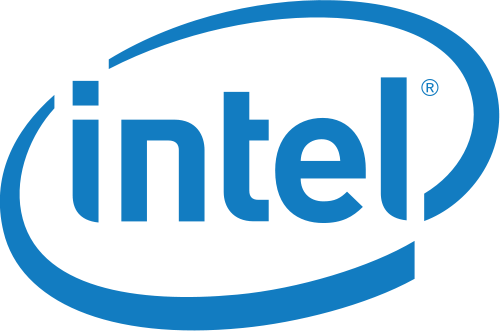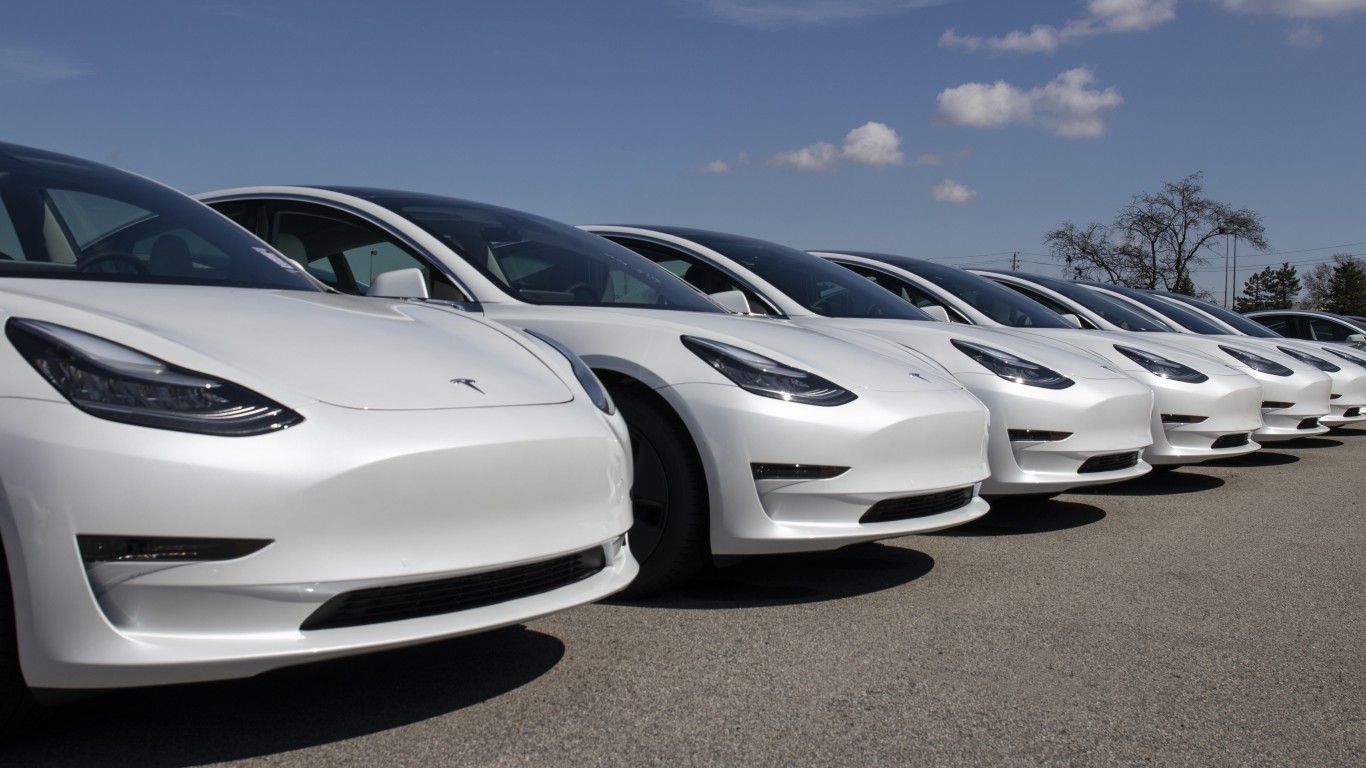Intel Corp. (NASDAQ: INTC) may have missed out on the smartphone and tablet revolution, even as it continues to dominate in PCs and servers. Now in its push toward the Internet of Things, Intel plans more for the future of autonomous vehicles. This is a continuation of the Internet of Things theme, but on the hardware side.
Intel announced its $100 million Intel Connected Car Fund back in 2012, and it will invest in ZMP, a developer of autonomous driving platforms. Other, previous investments made via Intel Capital in the arena are listed at the end of this post.
Intel also plans to collaborate with new entrants in the automotive ecosystem, as well as existing top car makers for new car experiences. Intel has also announced the availability of a family of hardware and software products called Intel In-Vehicle Solutions.
The company’s Internet of Things group posted revenues of $482 million in the first quarter of 2014. That is a gain of 32% from the prior year, and it was driven (no pun intended) by strong demand for in-vehicle infotainment (IVI) systems.
Intel said that it expects its standardized platform approach with integrated and validated hardware and software to shorten infotainment development time — supposedly by more than 12 months, and to reduce costs by up to 50%. Much of this effort comes from the embedded systems acquisition of Wind River.
ALSO READ: UBS Has Five Chip Stocks to Buy Now
Intel shares were coincidentally up on Thursday morning, but this is just one of many new efforts in which the company is looking to grow above and beyond PCs and servers. These are long-term initiatives. Trading at $26.90, it has a 52-week range of $21.89 to $27.24, and the consensus price target is $26.92.
Those other, previous investments made via Intel Capital in the arena are as follows:
- CloudMade, a provider of data aggregation and cloud connectivity necessary for future IVI solutions
- Mocana, which delivers security to the IVI platform with a mobile app-shielding solution
- Tobii Technology, which applies perceptual computing technology to advanced driver assistance applications
Is Your Money Earning the Best Possible Rate? (Sponsor)
Let’s face it: If your money is just sitting in a checking account, you’re losing value every single day. With most checking accounts offering little to no interest, the cash you worked so hard to save is gradually being eroded by inflation.
However, by moving that money into a high-yield savings account, you can put your cash to work, growing steadily with little to no effort on your part. In just a few clicks, you can set up a high-yield savings account and start earning interest immediately.
There are plenty of reputable banks and online platforms that offer competitive rates, and many of them come with zero fees and no minimum balance requirements. Click here to see if you’re earning the best possible rate on your money!
Thank you for reading! Have some feedback for us?
Contact the 24/7 Wall St. editorial team.



